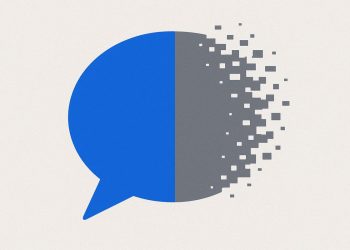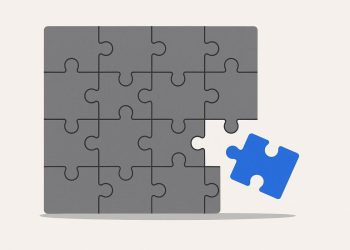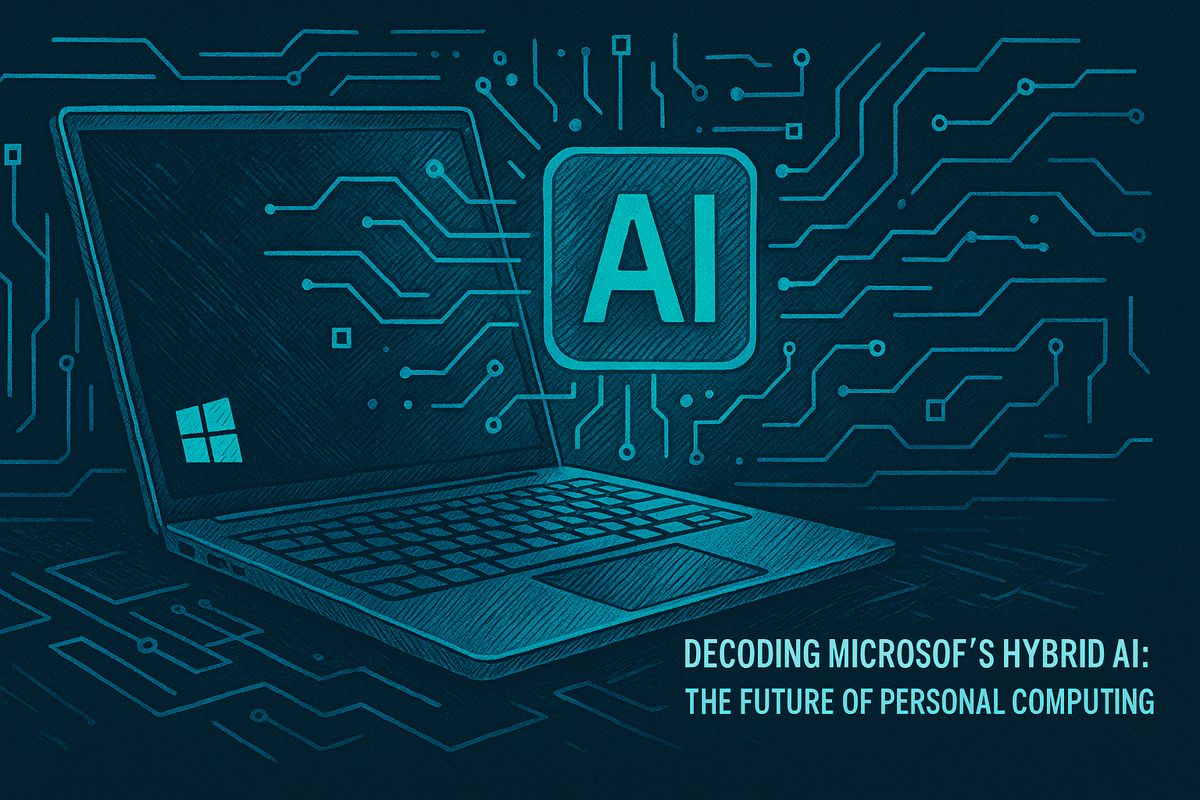Large Language Models (LLMs) have demonstrated incredible capabilities, but their inner workings often remain a mysterious “black box.” This opacity poses significant challenges for safety, alignment, and reliability. Goodfire AI is emerging as a leader in the field of mechanistic interpretability, offering a groundbreaking solution: causal abstraction. By creating faithful, simplified models of complex neural networks, Goodfire AI provides the tools to understand, edit, and control LLM behavior with unprecedented precision.
This article explores the core principles of causal abstraction, how Goodfire AI’s toolkit puts this theory into practice, and the transformative impact this technology is poised to have on AI safety and governance.
Decoding the Black Box: What is Causal Abstraction?
At its heart, causal abstraction is a powerful framework for building understandable maps of an LLM’s internal processes. Instead of getting lost in a sprawling network of billions of neurons, this approach links high-level, human-readable concepts (like “formal tone” or “identifying a country”) directly to specific features within the model.
The methodology is grounded in the formal theory of causal abstraction developed by Geiger and colleagues (arXiv:2301.04709). It treats parts of the neural network as causal mechanisms. By performing targeted interventions – activating, suppressing, or swapping these features – researchers can observe the direct impact on the model’s output. This allows them to create simplified causal graphs that remain faithful to the underlying LLM’s behavior, moving beyond mere correlation to establish true causal links.
Why Causal Abstraction is a Game-Changer
- Faithful Simplification: The resulting abstractions are not just approximations; they are mathematically verified to mirror the low-level model’s decision-making process, providing reliable insights.
- Actionable Safety Interventions: By pinpointing the exact neural circuits responsible for undesirable outputs (like toxicity or bias), safety teams can design precise, surgical edits instead of relying on blunt, unpredictable methods like prompt engineering or full-scale retraining.
- Algorithm Disentanglement: Even on simple tasks, an LLM might use several competing internal algorithms. Causal abstraction allows researchers to tease these apart, revealing which computational pathways the model uses in different contexts.
The Goodfire AI Toolkit: From Theory to Practice
Goodfire AI has successfully translated academic theory into a suite of powerful, practical tools for researchers and developers.
The Ember API: Feature-Level Surgery at Scale
The flagship product is the Ember API, a cloud platform designed for what can be described as “feature-level surgery.” Users can input any text prompt, and Ember extracts a sparse list of active, human-interpretable features, complete with scores measuring their causal effect on the output.
The power of Ember was demonstrated at the November 2024 Reprogramming AI Models Hackathon, where over 200 researchers used the API to achieve remarkable results:
- Reduced jailbreak success rates by 34% on Llama-2-7B by identifying and neutralizing the features that enabled harmful responses.
- Boosted moral consistency scores by 28% without requiring any additional fine-tuning.
- Built live steering dashboards that could adjust a model’s latent norms and behaviors in real-time.
The key is bidirectional causality: the Ember API allows users to not only read which features are driving an output but also write new instructions to the same feature space, all through a simple REST call.
Open-Source Feature Steering
Complementing the API, Goodfire has released open-source notebooks that demonstrate how to perform feature steering. These resources show how activating or suppressing a single, interpretable feature can reliably switch an LLM between contrasting behaviors, such as shifting from an informal to a formal writing style (Goodfire blog).
Untangling the Web: The Challenge of Competing Algorithms
One of the most complex problems in LLM interpretability is that models often contain multiple, overlapping circuits for a single task. For example, when asked to perform 2-digit addition, an LLM might simultaneously activate three different algorithms: a memorized lookup table, a step-by-step arithmetic process, and a frequency-based heuristic.
Traditional analysis methods can only find correlations, making it impossible to know which algorithm is truly responsible for the answer. Causal abstraction solves this through interchange interventions. By swapping feature activations between a correct run and an intentionally corrupted one, researchers can pinpoint which nodes are essential for the correct computation. This allows safety teams to patch a toxic or flawed circuit without disrupting other beneficial functions that may involve the same neurons – a critical capability given that up to 42% of neurons can be polysemantic (active for multiple unrelated concepts).
Goodfire’s Position in the AI Interpretability Landscape
While many approaches to AI transparency exist, causal abstraction occupies a unique and powerful position.
- Unlike sparse autoencoders, which excel at finding features but offer little insight into their dynamic role, causal abstraction provides a unified score for what a feature does, when it matters, and how it interacts with others.
- Unlike knowledge editors like DiKE, which focus on updating specific facts, Goodfire’s methods target the underlying mechanisms of behavior.
- Unlike other graph-based methods (e.g., GEM), which often require model retraining for multimodal disentanglement, Goodfire’s approach works post-hoc on any frozen transformer model.
This creates a “plug-and-play” safety layer, allowing auditors to import a published causal graph, verify alignment claims with targeted interventions, and validate a model’s safety without needing access to proprietary model weights.
The Future: Measurable Impact on AI Safety and Regulation by 2026
As causal abstraction moves from a theoretical curiosity to an engineering staple, its real-world impact is becoming clear. Industry pilots and future outlooks suggest significant near-term payoffs:
- Faster Red-Teaming: Security and alignment teams can trace harmful outputs to specific causal chains in minutes instead of days, accelerating resolution time by an estimated 35%.
- Alignment Insurance: Insurers are beginning to recognize third-party causal graphs as evidence of due diligence, with early quotes indicating premium reductions for models with documented mechanistic sketches.
- Regulatory Compliance: With frameworks like the EU AI Act set to require “mechanism-level counterfactual validation” by 2026, Goodfire’s open format is well-positioned to become a de-facto standard for regulatory submissions.
With a roadmap targeting frontier-scale models (>100 billion parameters), Goodfire AI is not just building tools to understand today’s models – it’s laying the foundation for a future where AI can be developed and deployed with verifiable safety and transparency.



















